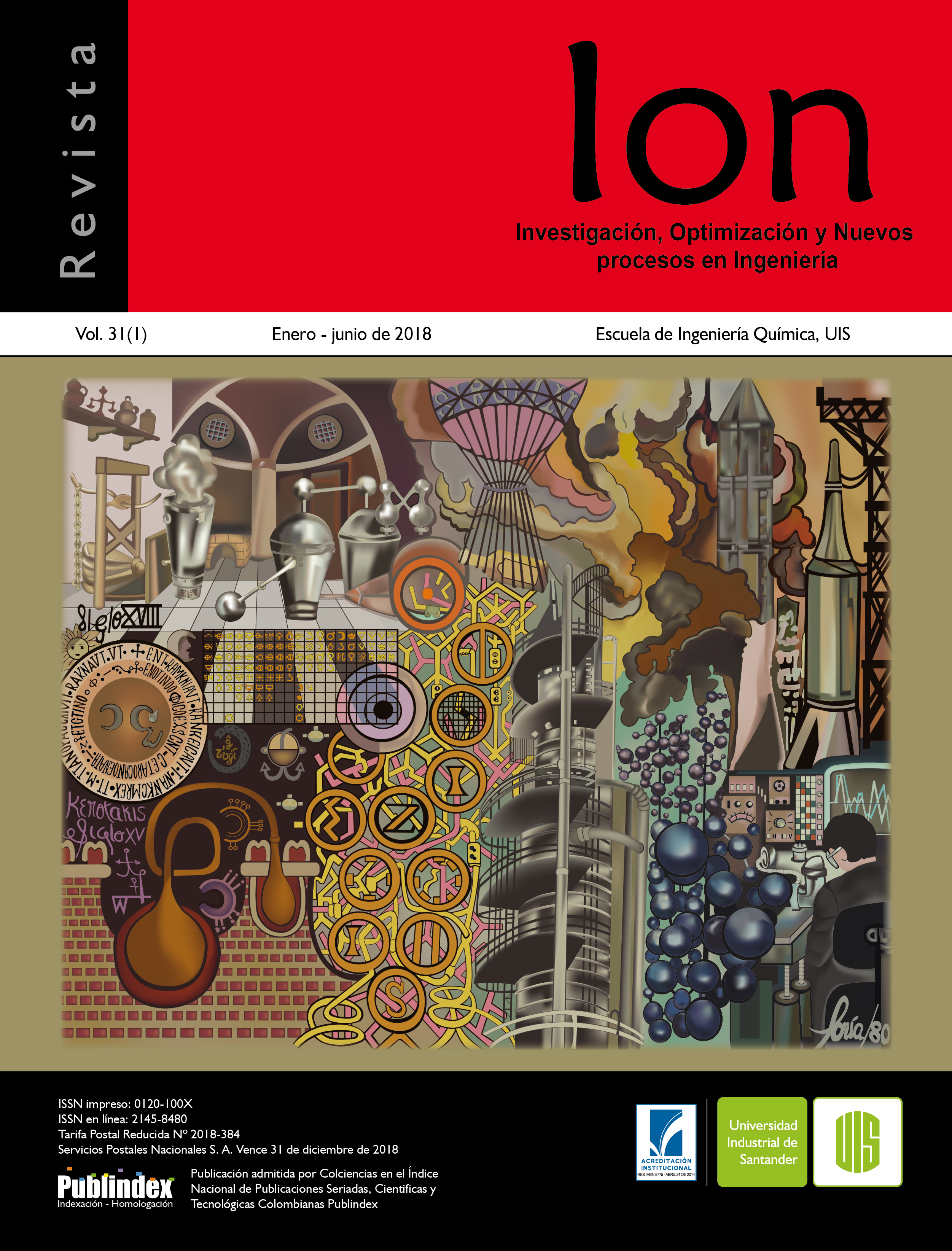Characterization of leachates as an alternative that contributes to the mitigation of contaminants
Published 2018-09-28
Keywords
- bioremediation,
- lixiviates,
- microorganisms,
- removal,
- treatment
How to Cite
Abstract
Given the need to propose solutions to the socio-environmental problems generated by lixiviates from chemical waste (ROD), the objective of the dispersion of ROD leachates was proposed to create an alternative that contributes to the reduction of these pollutants; for this, the physicochemical characterization of the leachate was carried out by collecting the ROD from 4 neighborhoods of commune 3 of the Armenia city and subsequently the leachate was obtained, at which the biochemical demand of the measure was determined after 5 days (BOD5), chemical oxygen demand (COD), dissolved nonpurgeable organic carbon (NPOC-D), reducing sugars (RA) and total solids content (ST), among other analyzes. The leachate showed values of BOD5 and COD corresponding to 4538,50 and 84634,54 mg/L of O2, respectively, the amount of NPOC-D was 30468,08 and AR was 35786,00 ppm, without ST content of 34,31 g/L, was also determined in the presence of minerals such as Na, K, Ca, Mn, Fe and Zn, and anionic compounds such as nitrates and phosphates, which were found in concentrations of 72,92 and 241,19 ppm, respectively. Based on the results obtained and taking into account the nutritional needs of heterotrophic microorganisms, the leachate from ROD represents a source of macro and micronutrients for its growth; so that bioremediation processes could be implemented that allow the removal of contaminants, constituting an alternative for the treatment of wastewater from food production or processing sectors.
Downloads
References
[2] Jaramillo G, Zapata LM. Aprovechamiento de los residuos sólidos orgánicos en Colombia. Colombia: Universidad de Antioquia; 2008.
[3] Departamento Nacional de planeación. Disposición final de residuos sólidos, informe nacional elaborado 2015. Bogotá, Colombia; 2015.
[4] Noguera KM, Olivero JT. Los rellenos sanitarios en Latinoamérica: caso colombiano. Rev. Acad. Colomb. Cienc. 2010;34(132):347-56.
[5] García LS, Duque AL, Padilla L, González L E. Residuos orgánicos domésticos como sustrato para la producción de hongos Pleurotus ostreatus. Rev. Fac. Nal. Agr. 2014;67(2):1194-6.
[6] Cisterna P, Peña D. Determinación de la relación DQO/DBO5 en aguas residuales de comunas con población menor a 25.000 habitantes en la VIII región (sitio en Internet). En: http://www.cepis.org.pe/bvsaidis/chile/3/ tra-12.pdf documentos. Acceso en 2010.
[7] Ángel M. Contribución al estudio de la demanda bioquímica de oxigeno (DBO). México: Universidad autónoma de nuevo León; 1994.

